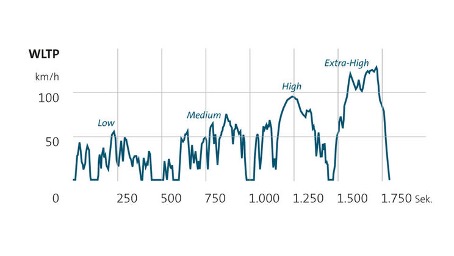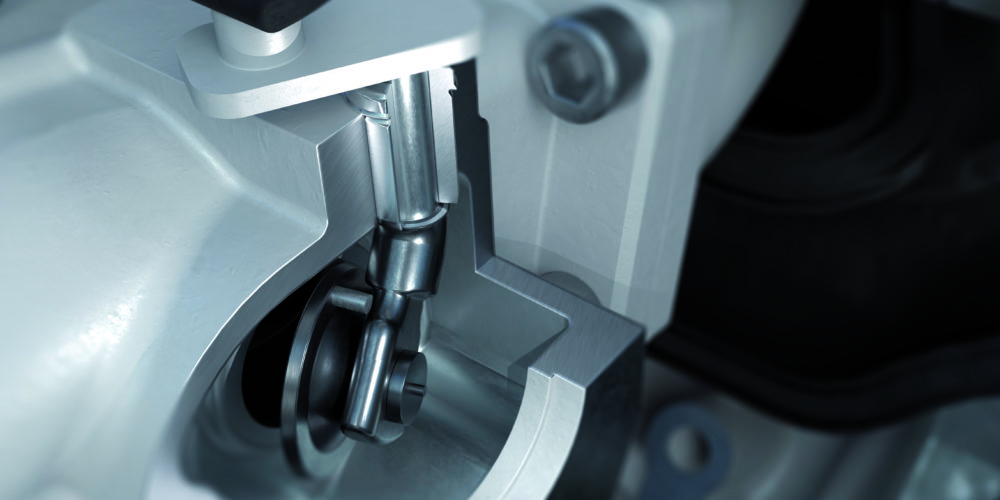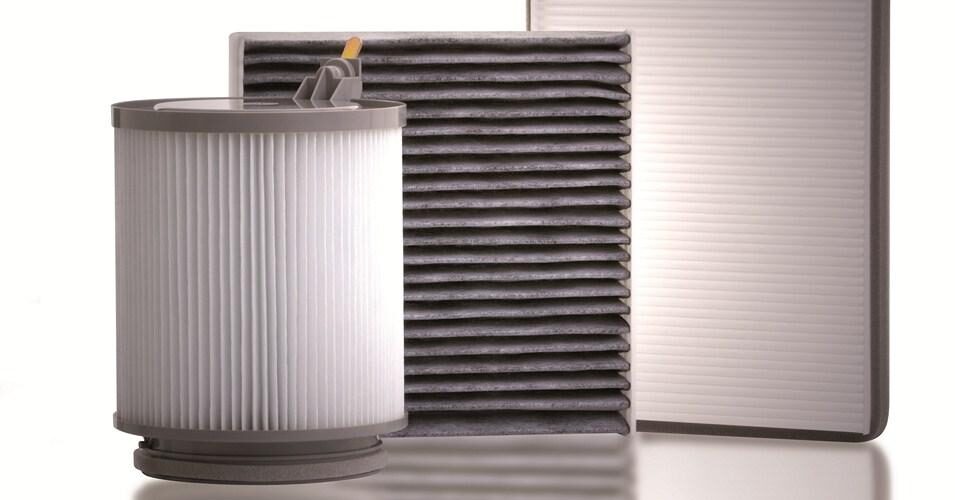Standard measurement cycles – how close are we to the reality?
Regardless of the type of drive, the range or consumption of vehicles is always a perennial theme and manufacturers must also indicate this during the sales process of the vehicle. To this end, measurement standards were developed in the past, with which the energy consumption of passenger cars was made comparable to each other. The continuous criticism comes from the users, their opinion is that these values correlate less with the reality.
About measurement cycles in general
As we mentioned in the introduction, for understandable reasons during the sale, there was a need to display the consumption data, which was far from comparable at the beginning, because the manufacturers were not obliged to use the standards – nor to display them. Opinions differ on today’s situation. It is definitely beneficial for the buyer to be able to compare the vehicles with a good approximation, but since the differences can be experienced with real traffic, it is difficult to say whether we would see the same difference between two specific vehicles if we were to buy them or not.
Let’s see what standards we can meet.
EPA
This is the least known standard in Europe, not by chance. EPA is the name of the American organization that developed the standard (US Environmental Protection Agency), and due to its name, it is typically used overseas.
The measurement standard was created in 1978 and is one of the oldest in existence; It received a major update in 2009 and creators are working on its modernization ever since.
In general, although it is relatively rare on the European market, based on customer feedback, this measurement cycle is the closest to reality. This raises a lot of questions, especially in terms of how much the European versions try to achieve the same thing, and yet they don’t really succeed.
NEDC
The standard NEDC (New European Driving Cycle) was invented in 1980 (not nearly as new as the name suggests) to regulate the emissions of cars, which is actually what the Euro classifications were based on. No matter how purposeful this method may seem at first, it is actually completely unsuitable for determining carbon dioxide emissions, i.e. consumption, under realistic conditions.

NEDC curve (own image)
The standard leaves many back-stairs open to manufacturers, which makes the measurement practically unrealistic.
For example, the car can start with an engine temperature of 20-30 °C, there is plenty of time for acceleration, there is hardly any need to brake, and the car is even allowed to roll on a 1.5% slope. This covers a less typical, very small portion of the engine’s operating range, which is obviously used by the manufacturers.
Since the European legal environment was shaped in the last decade in such a way that a lot of taxes depend on carbon dioxide emissions (not to mention the quota system), manufacturers active in Europe purposefully began to optimize the measurement cycle with all possible means. In part, the consequences of this are small-turbo petrol engines, long gear ratios, the ever-increasing number of automatic transmission gears, electric steering servos and start-stop systems.
As a result of the optimization to the extreme standard, the CO2 emission, i.e. consumption, values determined in the measurement cycle have now become meaningless, according to an independent study, the values experienced in reality may even exceed them by 40-50%.
Of course, this problem was not only noticed by car manufacturers. A little slowly, but the standards body also realized that they have to do something with this, and they created a truly new standard that they hoped would make a significant difference.
WLTP
After nearly 40 years of service, the NEDC handed over the baton to the WLTP (Worldwide Harmonized Light-Duty Vehicles Test Procedure), which gradually replaced its predecessor from 2017. It should be noted here that in many cases, even for today’s new cars, the NEDC values are indicated in addition to the WLTP as well.
The European Union decided to renew the regulation, namely for the reasons mentioned above. The development of the method took much longer than it would have been justified, but it is much more interesting to see the points in which the WLTP differs from the NEDC.
The standards are quite detailed, so processing the technical background would have been result in an extremely long article, so we limit ourselves only to the essentials.
The new test requires a changed driving cycle and stricter test conditions, including a longer measurement period and an increased maximum speed. Overview of the new things:

The official WLTP curve (source: volkswagen.hu)
After the cold start, the measurement takes place on the roller test bench in four speed ranges – up to 60, 80 and 110 km/h, and above 130 km/h, with multiple accelerations and braking during these phases.
An important point is that the maximum speed exceeds the NEDC cycle by 10 km/h, but the average speed of around 47 km/h shows an even bigger difference (it was 33 km/h until now).
The temperature of the test chamber is 23 degrees Celsius, while during the NEDC it was 20-30 degrees Celsius, so the possibility of starting at 30 °C has also disappeared here. The entire WLTP driving cycle takes about 30 minutes, while the NEDC took just 20 minutes. The total length of the measurement cycle was 23 kilometers instead of 11, so it doubled.
Unlike the NEDC system, the WLTP also takes into account some extra equipment in terms of the vehicle’s weight, aerodynamic properties and energy requirements. Extra equipment that requires electricity – such as air conditioning or seat heating – remains switched off during the test process.
In summary, WLTP is indeed closer to reality, namely in the following points:
- More realistic driving style
- Multiple situations (city, suburb, highway, main road)
- Longer distances
- More dynamic and accelerations and decelerations
- Higher average and maximum speed
- More realistic external temperature (it was 20-30°C in the NEDC test chamber)
- Shorter downtime
At the same time, we still don’t have to assume that WLTP gives the buyer a completely realistic picture of the consumption of his/her future car. There are parameters that cannot be taken into account by these standards – for example, a test bench will never reproduce the consumption surplus caused by wind or air resistance from driving alone, traffic situations, and so on.
To this end, the WLTP was supplemented with something else.
RDE
Its name speaks for itself: Real Driving Emissions. This procedure is done on the road, not on a test bench.
However, in contrast to the EPA/NEDC/WLTP measurements, the goal is not to control consumption and CO2 emissions, but directly harmful pollutants, such as nitrogen oxides.
Consumption is not a consideration, the driver is not guided by the curves seen during test bench measurements.
A regular RDE test lasts 90-120 minutes and consists of three sections: an urban section below 60 km/h, a highway section between 60-90 km/h and a highway section between 90-145 km/h. The three intervals must be of the same length, and none of them can be shorter than 16 kilometers.
The maximum difference in level can be up to 1200 meters per 100 kilometers, and the temperature range can be between -7 and +35 degrees. These conditions cover 95 percent of European traffic.









